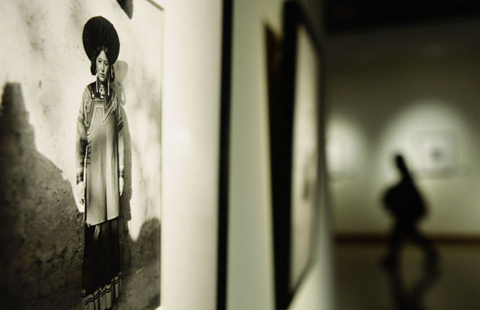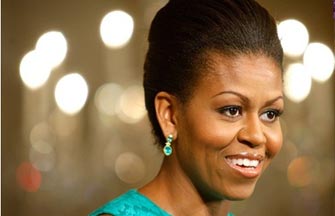Looking back, looking ahead
By Pauline D. Loh ( China Daily ) Updated: 2014-02-07 07:29:10Nothing brings home differences more effectively than the celebration of tradition, and nothing gets more traditional than the ongoing celebration of the Lunar New Year in China, with still a week to go.
It is a universal festivity that should unite ethnic Chinese all over the world, regardless of nationality, province, city or village, but it is also a time when regional nuances become most obvious.
In China itself, every village separated from its neighbors by a creek or hillock may develop totally different rituals. You can imagine the wide spectrum that develops in a vast country so culturally, geographically and linguistically diverse.
North and south, east and west, desert or island, every region will celebrate the coming of another Lunar year in unique ways. Variety is what peppers the Lunar New Year festivities with such depth of meaning.
History, recent history, also plays a part.
There was a time in China when "old traditions" equated "social evils" and were ruthlessly eradicated in one bloody decade.
Strangely enough, it was the Chinese overseas who preserved most of the New Year rituals and traditions, mainly because these were the only links to the motherland.
I grew up with four major cultural influences: a Cantonese grandfather raised in Shanghai, his Guangdong village wife, a Fujianese maternal grandfather who left home to seek his fortune and later married a fourth generation Straits Chinese.
Their paths converged in Singapore, where they remembered the ancestral land by nostalgically observing its Spring Festival rituals.
As their grandchild, I was exposed to a colorful hodgepodge of festive traditions from Cantonese, Fujianese and Shanghainese cultures.
|
|
|
|
|
|
|
|

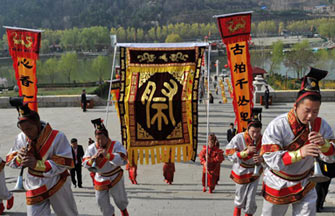

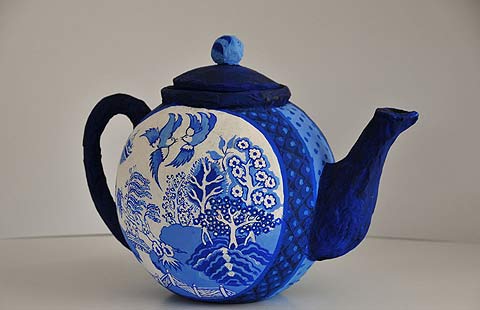

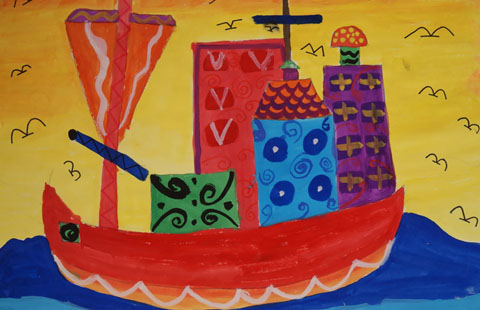




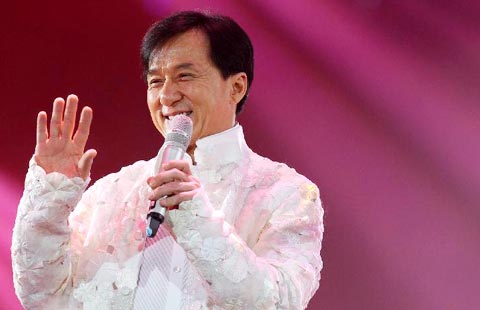




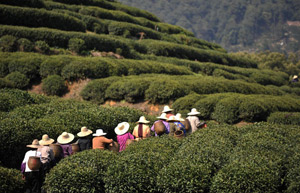


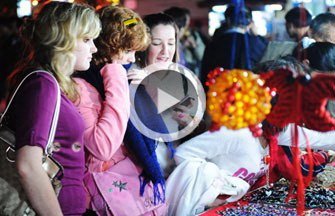
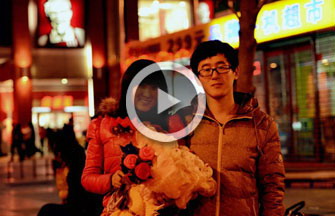

 Raymond Zhou:
Raymond Zhou: Pauline D Loh:
Pauline D Loh: Hot Pot
Hot Pot Eco China
Eco China China Dream
China Dream China Face
China Face



